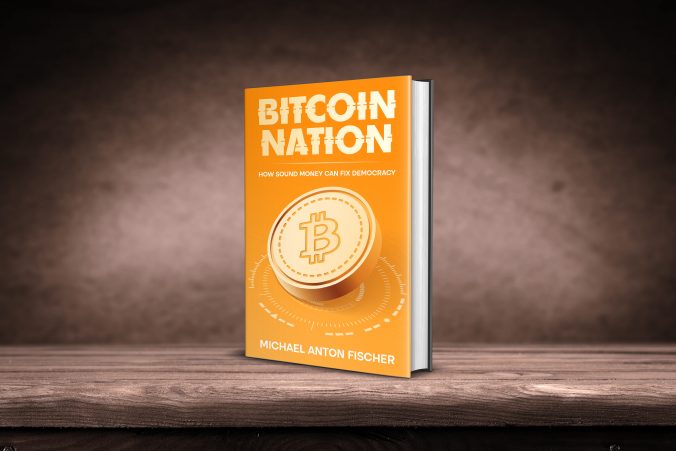My new book “Bitcoin Nation” was published on the 15th anniversary of the Bitcoin Whitepaper, October 31, 2023. You can read it below, one chapter per week. Or buy it here.
“I have a very valuable watch.”
What comes to mind when you hear this statement?
Depending on your personal experiences with timepieces, an image will likely appear in your mind that falls into one of the following two categories:
- An expensive watch.
- An emotionally significant watch.
The first category creates an image, such as a man wearing a suit with a gold Rolex on his wrist.
The second one evokes a picture of a boy receiving his great-grandfather’s watch, which was bought with his first salary after the war.
How can this one word “value” have such different meanings? How can something be valuable in terms of market price but completely worthless to you, and vice versa?
To understand this, we must recognize the difference between subjective and objective value.
We have already considered subjective valuation at the beginning of this book. It is characterized by its relationality, temporal volatility, and the impossibility of quantification, which is called “ordinality”.
Objective valuation arises from subjective valuation through the price discovery process of the free market. Whenever two individuals voluntarily exchange goods and services, two subjective valuations meet.
If we trade 1000 eggs for a pair of boots, we only do so because at that moment, I value the boots more than 1000 eggs, while you, conversely, want the eggs more urgently than the boots.
The objectively observable action does not reveal how we each value the goods, since I might have also paid you 2000 eggs, or you might have accepted 500 if one side had negotiated more persistently. We cannot verify this objectively. It is evident however that the intersection of our respective priorities is precisely at 1000:1.
If we make this observation across an entire economic space, it turns out that there is an equilibrium price for every good. This is also called the market-clearing price, as at this price, theoretically, all demanders can receive a good and all suppliers can receive money.
In short, when many individual transactions are made, misjudgments converge to zero on average. It should be emphasized that the “error” of judgement here is not necessarily an error from the perspective of the acting individuals, but merely that the person who paid more than the equilibrium price was not maximally economical with their resources. They could have apparently obtained the good from another trading partner at a better price.
There are many valid reasons why people pay “too much” for a good, such as the cheaper dealer being significantly further away.
People act to reduce their dissatisfaction. In doing so, it is natural for them to try to minimize their dissatisfaction using the means available to them.
This implies that although individuals subjectively perceive what reduces their dissatisfaction, it is universally true that people do what they think contributes most efficiently to their satisfaction.
If a pair of shoes costs 1000 eggs here and 500 eggs 100 km away, it is my subjective decision whether the expenses and travel time are worth saving those 500 eggs. However, if two dealers at the same location offer equivalent shoes at such different prices, I will always choose the cheaper option as a logical thinker.
The market price of a good thus contains concentrated information about the value judgments of all market participants. This information cannot be reverse-calculated to quantify individual subjective value judgments. Nevertheless, this information is important.
Just as the hash function in cryptography cannot be reverse-calculated but still carries essential information, such as proof of possession of Bitcoin private keys, the market price indicates how scarce and in demand a good is.
This is of course only true if the money in which this market price is expressed has not been manipulated beforehand.
But how do you know whether money is manipulated or not manipulated?


21 Sats angekommen. Dankeschön 🧡🧡🧡